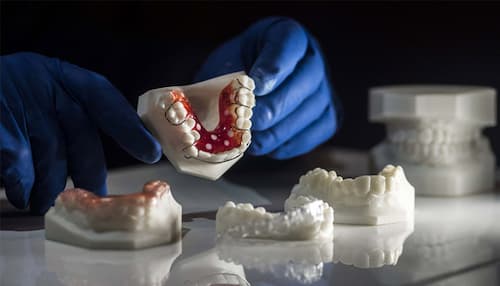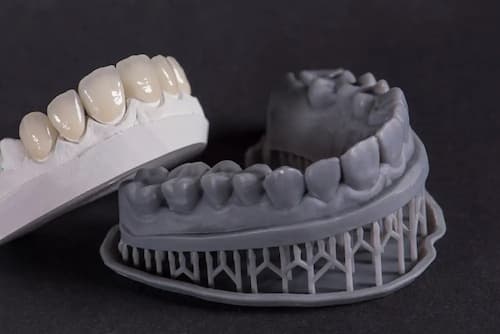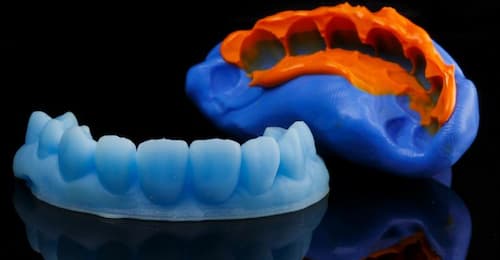Making Teeth With 3D Printer: The New Trend
Making Teeth With 3D Printer: The New Trend
It is no secret that digital world innovation provides better opportunities for industries. Dentistry is one of the fields where this modernization is taking place.
Furthermore, digital dentistry provides its customers with effective and efficient services. This innovative technology also has a better method for casting, dentures, and alignment.
However, have you ever wondered how this machine creates the teeth you or someone you know is using?
Then you have come to the right place. We will delve deeply into the process of digital dentistry and how it produces such essential products that many users enjoy.

The Dental Printing Process
First Step: Scan
The foremost thing your dentist should do is examine and scan your mouth. This scanning allows the machine to gather valuable information from the subject.
Also, it collects all the data needed to create a digital impression with an intraoral scanner during the scanning. Following the scanning process, the images will be sent to the appropriate department, either a design team or a lab.
Second Step: Design
The second section is the most important. The operator will coordinate with the dentist on the proper design of the teeth or dentures during the design stage.
It is critical to obtain an exact measurement of the patient's mouth and the teeth they require.
This precision stage necessitates a perfect number so that the design fits the owner perfectly.
This stage also includes thoroughly examining the scanned images from the previous step. The photos are then imported into the CAD, which creates the design. So, make sure everything is in order before proceeding to the next stage.
Third Step: Printing
It is time to print the best version of your design after careful scanning and designing.
Remember that once you have decided to import the files for final printing, you cannot go back and change your mind.

Many dental printer 3d have an automated mechanism to complete the command promptly and precisely once you print your items. So, double-check that what you are about to issue is the final output that you require.
Fourth Step: Prepare the Product
You can now wash your output after printing it. After washing, dry the item, and post-cure printed parts.
Therefore, you must administer proper hygiene when administering or implanting the final product into the patients. As a result, you must make it as appealing as possible while avoiding any contact with bacteria as much as possible.
What 3D Printer Is Best for Your Dental Practice?
A lot of dental clinics use one of these three technologies:
However, the SLA technology may be your best dental printer 3d. This printer provides a wide range of materials and a higher volume of work.

It is easier to swap the materials you require with this type of printer than traditional printers that offer inkjet and cartridges. It also employs laser technology to solidify the resin used in the product.
Meanwhile, DLP works similarly to SLA, except that it uses a digital projector as a light source to solidify the resin. The drawback of this machine is that it costs higher than the SLA, making it not ideal for those that want to have a budget-friendly apparatus.
Material jetting functions similarly to inkjet. The difference is that it works layers of liquid resin onto a build tray and instantly cures them with light. It is not ideal to use it right now due to its bulky machine and higher market prices.
The Bottom Line
You now understand how simple and efficient it is to create teeth and other dental products using 3D printing. This technique can bring ease to the ones using it compared to the traditional one.
This method allows dental laboratories to provide people with more convenient and efficient services.